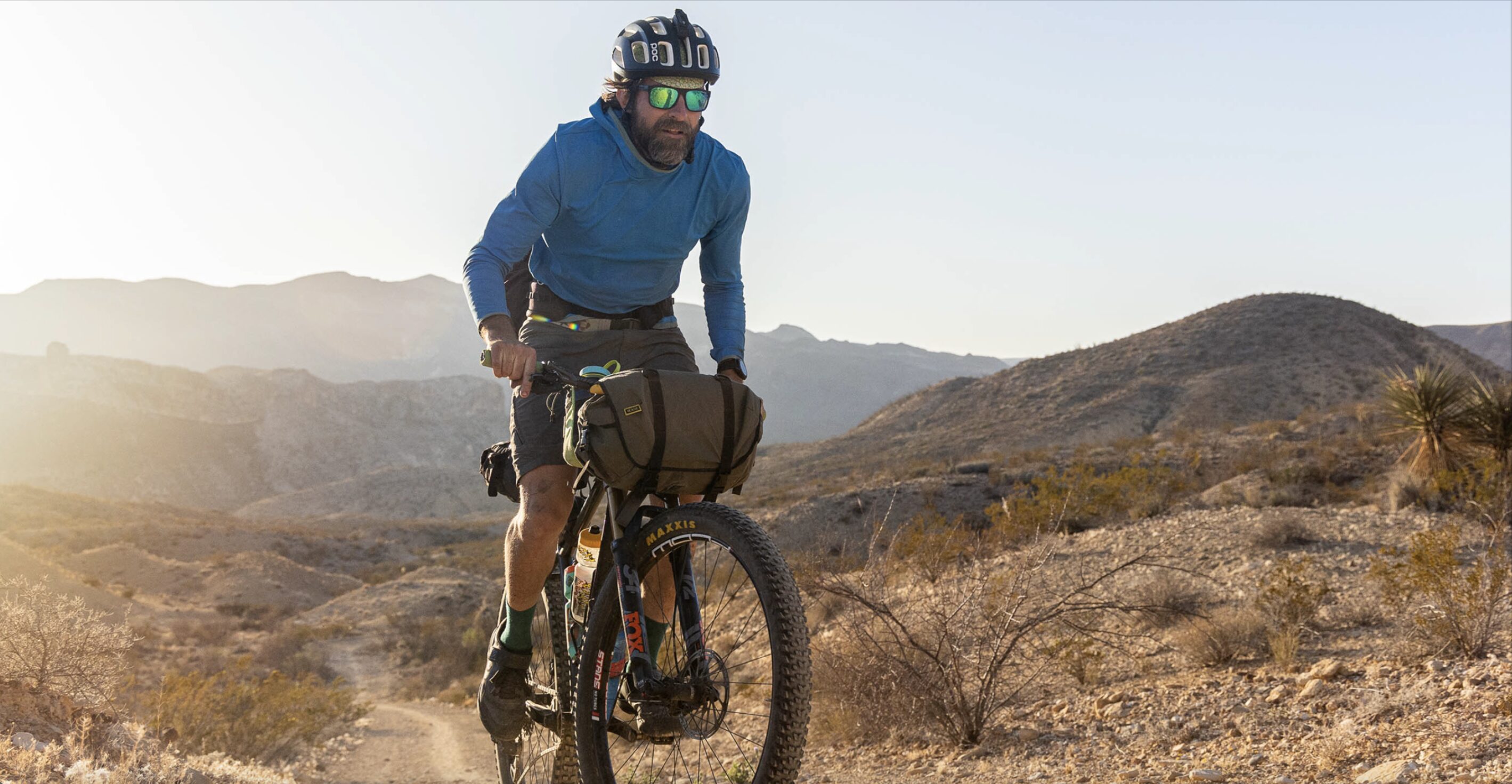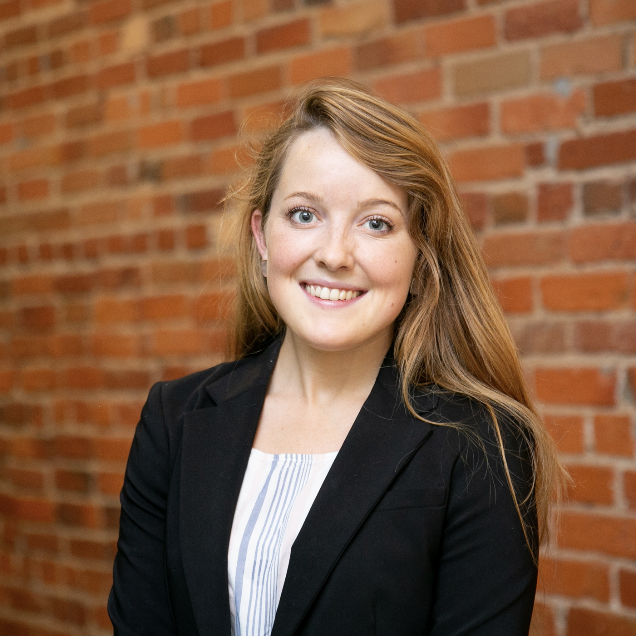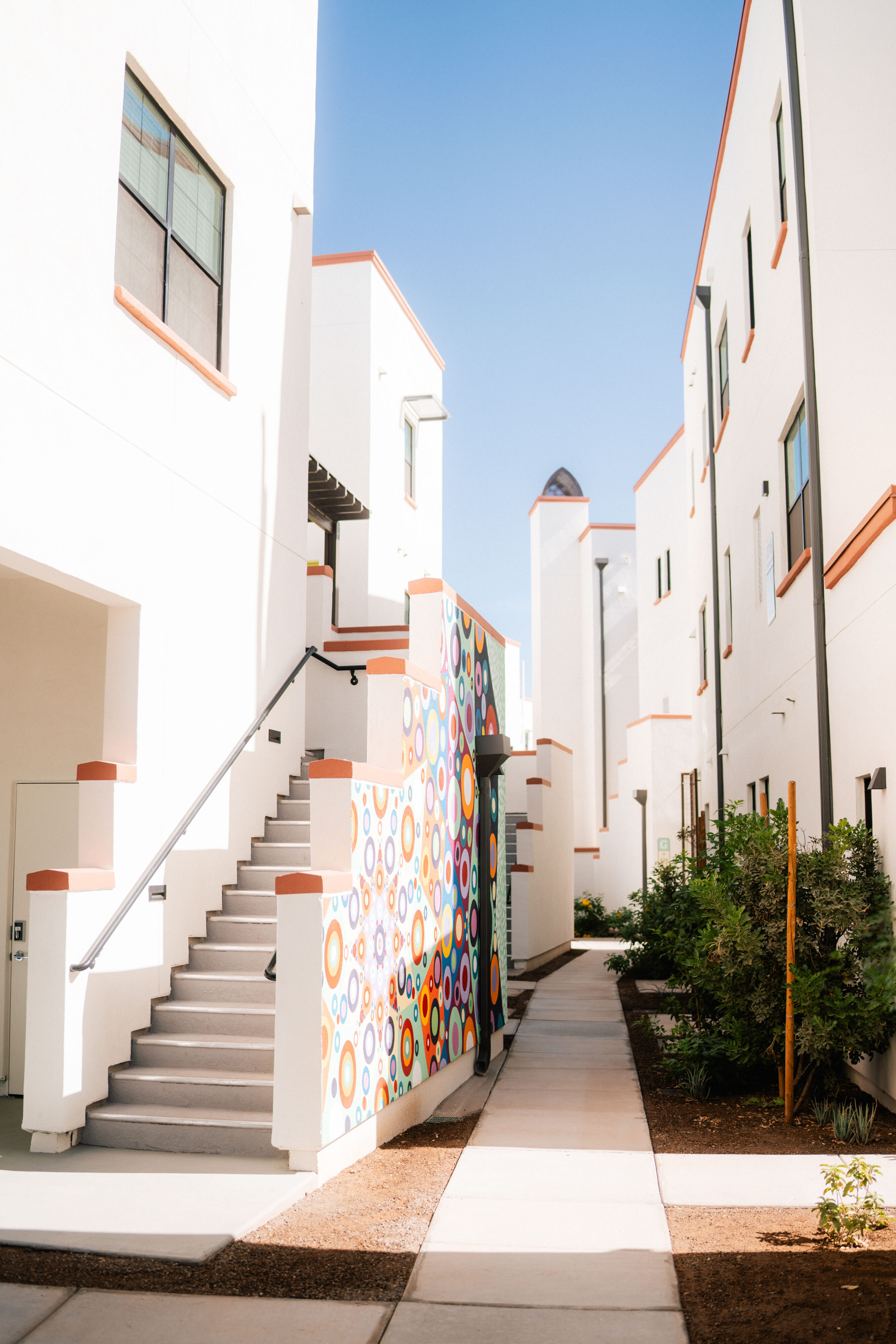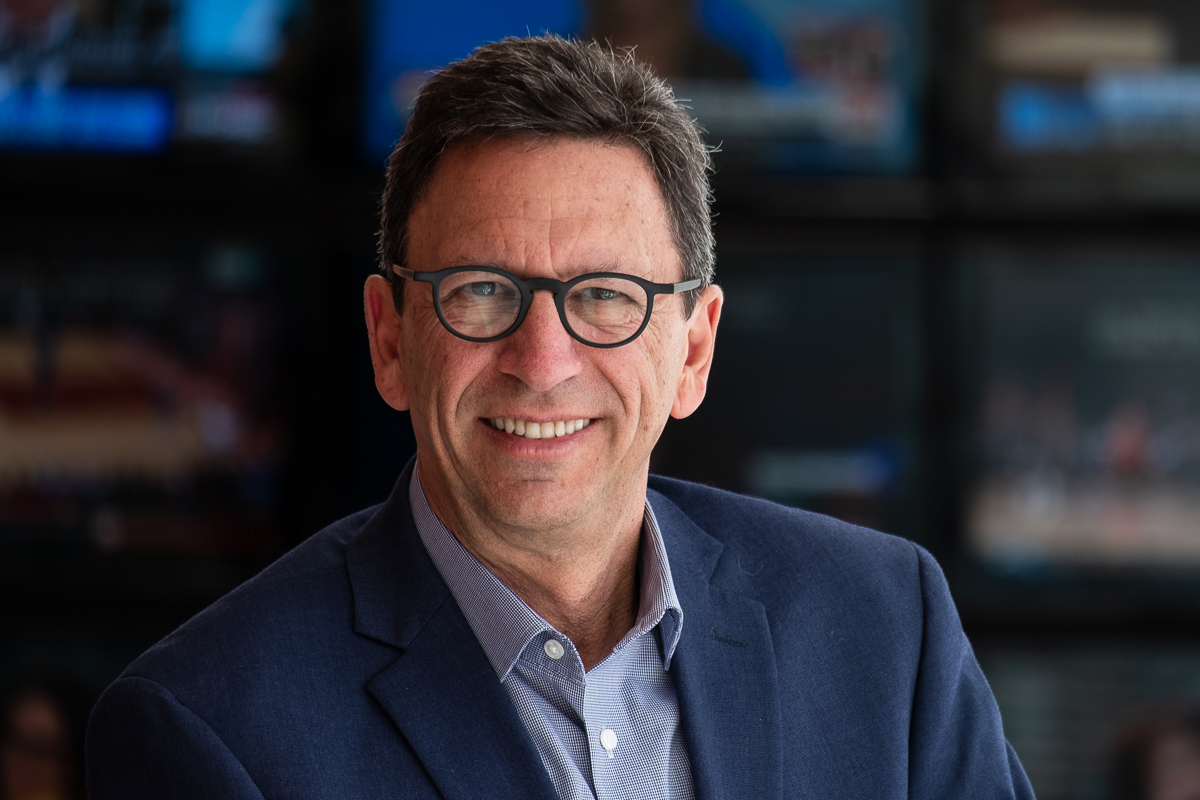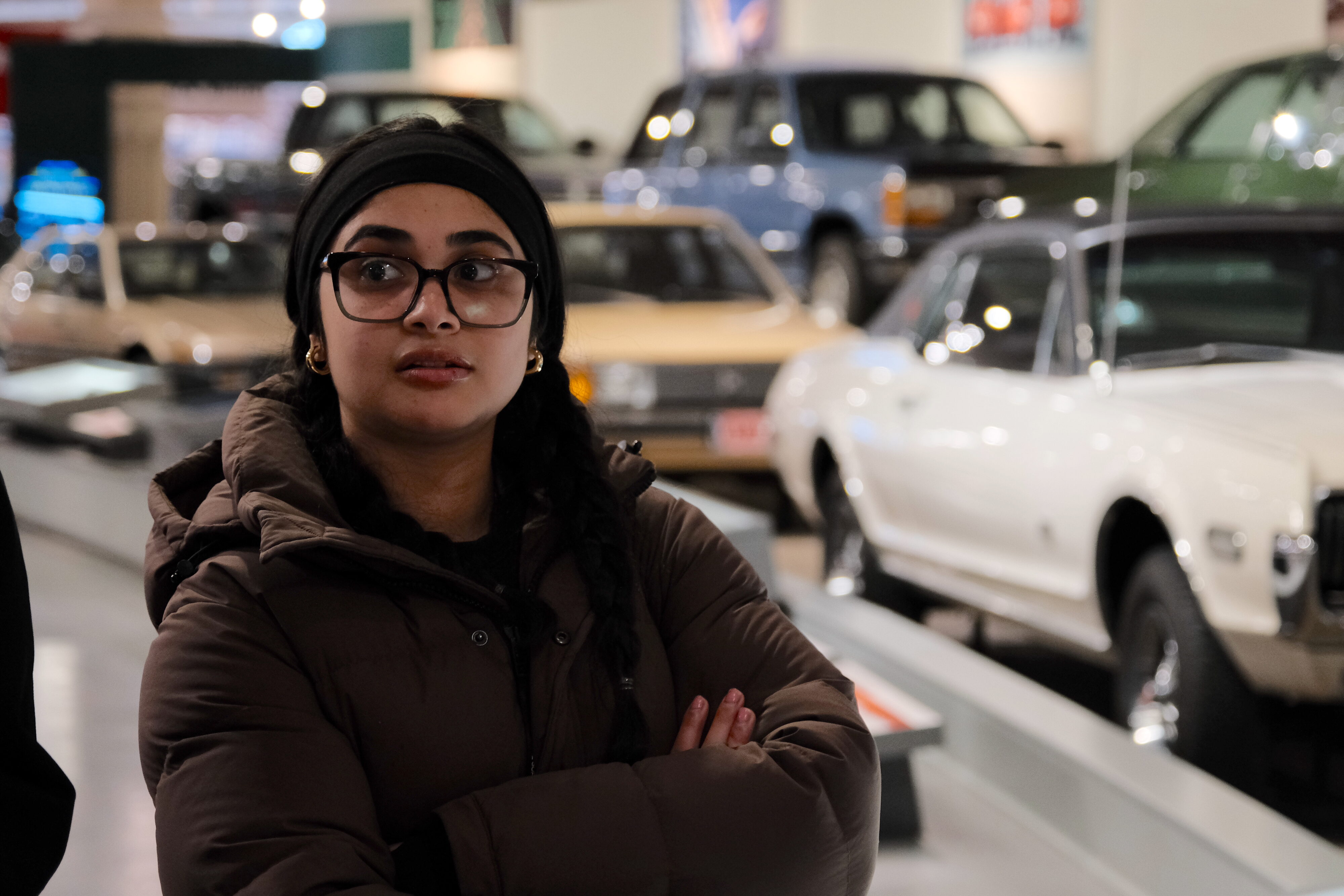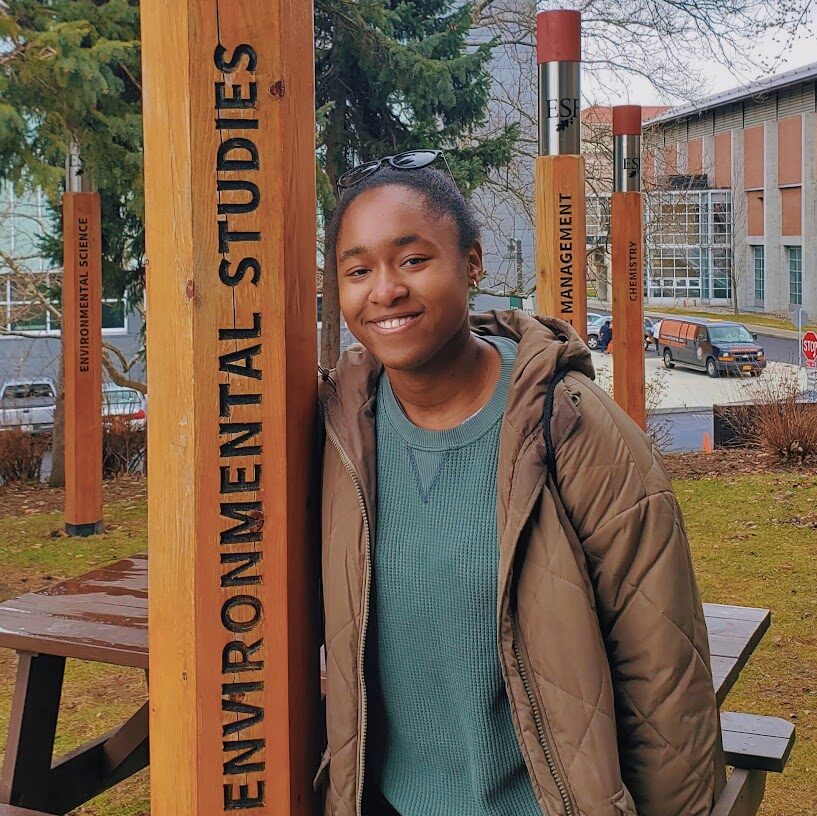
Want Sustainable Local Transit? Look to Disney’s EPCOT Center

The experience of Walt Disney in his first venture in California taught him that only through a well-planned, efficient flow of people and traffic could success be achieved. He realized that what he had tested and proved in his theme parks was exactly what future cities should look like. What we see as hotels, he could visualize as residential areas; what we see as attractions, he knew could just as well be businesses; and what we think of as trams, monorails, and skyways he saw as mass transit. He developed a vision of streamlined, efficient future cities. He drew up his plans and began his ultimate project, the Experimental Prototype Community of Tomorrow (EPCOT). The original concept was an actual town where people lived and worked, but with an integrated mass transit infrastructure. Unfortunately, reality and timing dealt the intent of this project many severe blows. The 1970’s had its share of recessions and oil crises and like most men, Walt was outlived by his dreams.
The essence of the Disney solution is to separate where you work from where you park. The gridlock of bumper-to-bumper cars on urban roads is created each morning by people all going to the same place to park. The final mile of the daily commute is responsible for 50% of the energy used.
The Disney solution is simple, inexpensive, and effective. Put generous parking garages, evenly dispersed on a one to two mile perimeter of target businesses. Each garage will be connected directly to a continuous loop people-mover, either a monorail, a tram or a skyway, to convey commuters safely the last mile or two to work. Two key components of above ground, fixed loop, people movers, are that they do not operate on the existing road grid and they do not try to replace autos but rather just reduce the most wasteful period of use. Buses on the other hand, offer little incentive for the commuter to leave their car, wait in line, and then go back on the road in a bus. Finally, by focusing on the last leg of a commute and because they can reasonably be integrated into the existing cityscape, it is possible to walk or pedal after disembarking from an elevated people mover.
Above ground people movers are also a bargain compared to other alternative mass transit possibilities. Subways are cost and environmentally prohibitive. Ground-based light rail creates innumerable right of way issues and disrupts existing businesses and real estate. Above ground conveyances can be positioned to go directly to the work place and then return commuters safely and efficiently at the end of the day.
Forty years ago Walt Disney challenged us to use our imaginations. We should accept this challenge as we look at new and innovative strategies to solve our nation’s transportation problem.
















